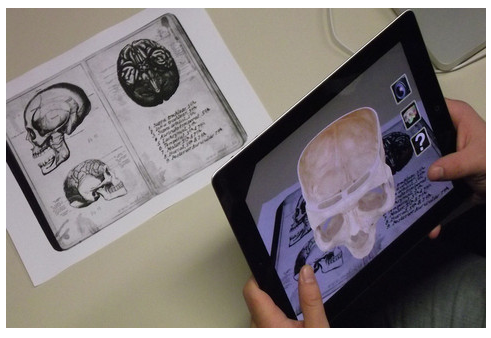The concept of e-learning is almost as old as the commercial computer industry. Early systems were first introduced in the 1970s, with lessons delivered over slow dedicated networks or programmed onto special computers. Systems were slow, simplistic, and expensive. Take-up was low.
The emergence of the PC changed this (especially when processing powers enabled the use of CD-ROMs), with huge numbers of software packages introduced to teach skills such as typing, programming or knowledge of mechanical systems. These systems were effective, but limited. Lessons were best suited to simple subjects and there was little flexibility, monitoring or variety.
With the arrival of the Internet in the 1990s, e-learning moved up a gear. As bandwidth speeds rose, it became possible to introduce interactive, flexible programmes to large numbers of people without the need for special software or hardware. Courses and trainees could be centrally managed in real time.
There was huge interest and huge hype. Business schools adopted electronic courseware, companies re-engineered their training departments and new start-ups were formed.
But inevitably, e-learning failed to live up to expectations. Ambitious projects such as the UK’s e-University and the e-learning pioneer Hungry Minds failed spectacularly and expensively. Many other initiatives were quietly closed down.
In the last few years, however, e-learning has come into its own – with businesses and educational establishments serving up courseware over fast intranet and Internet connections that provide effective training at a fraction of the cost and with more flexibility than face-to-face classes.
|
|||
|
|||
|
|||
|
|||
|
|||










